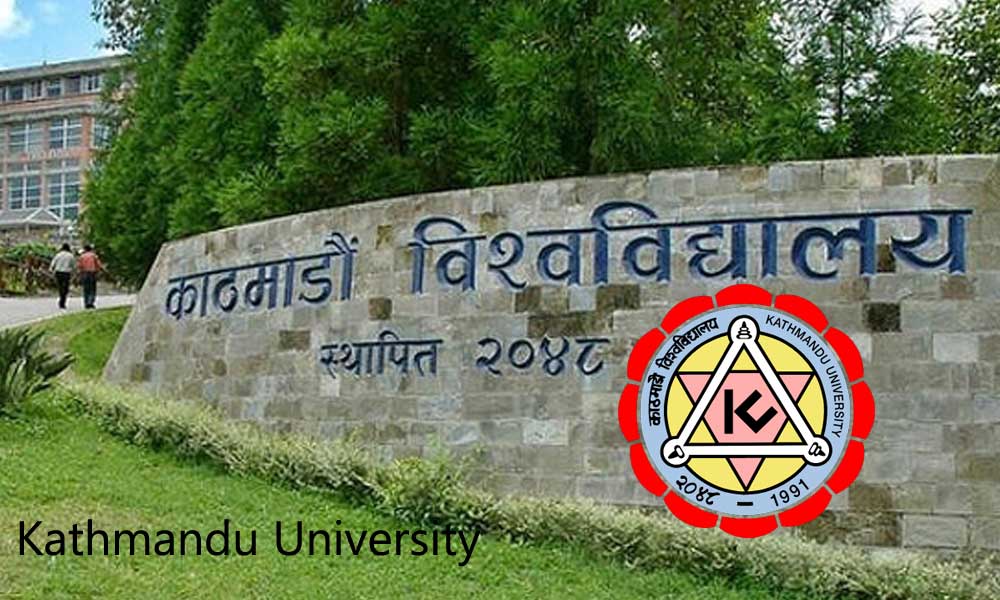
Higher Education Crisis in Nepal: Vacant Seats in Universities and Colleges
In Nepal, the higher education system is facing a crisis with thousands of seats remaining vacant across universities and colleges. According to the vice-chancellor of Kathmandu University, Bhola Thapa, 30 percent of the total seat quota of 200 educational programs in seven schools operating in the university is vacant this year. This problem is not only limited to Kathmandu University but a problem of 150 private colleges of 11 universities, 537 community colleges, and 773 affiliated private colleges in total 1440 colleges.
Empty Seats in Universities and Colleges
In Kathmandu University this year, only two students were admitted in the quota of 24 seats in the subject of social work at the undergraduate level, while 22 seats remained vacant. Similarly, in BA Buddhist Studies, only four people were admitted out of 30 quotas, and 26 seats remained vacant. In the total of 12 academic programs of the School of Arts of this university, seats remained vacant in all except one subject BFA.
Moreover, the grant commission stated that the government is preparing to merge the programs of 218 community colleges and 21 private colleges with less than 100 students, which would lead to the closure of the college due to a lack of students. The University Grants Commission has prepared a concept paper with criteria for merging community colleges with less than 100 students and private colleges with fewer students.
The number of students pursuing higher education across the country has declined despite the increase in the number of campuses. The data shows that 5 years ago, the number of students studying in community campuses was 33.6 percent, but now it has dropped to 29.09 percent. Five years ago, there were 532 community campuses, but now there are 537.
Brain Drain and No Return
The country is also facing brain drain as data from the Rastra Bank shows that 70,000 students have gone abroad for higher education in the last 8 months. From July to March 23, 80,000 students have taken NOC for studying in different countries. Nepali colleges have reached a state of closure after foreign students. Once abroad, Nepali students do not want to return home, and this is a matter of concern. Other countries, after studying abroad, bring their students back home and use the knowledge and skills they have acquired for the development of the country.
Government Investment in Higher Education
In the current academic year, the government has invested 10 percent of the total education budget of one trillion 96 billion in higher education. According to the University Grants Commission, the government made policy and criteria for college merger after the investment did not come. The Vice-Chancellor of the university and professors of the college have agreed for the merger. The National Education Policy of 2076 also provides for the merger of colleges with fewer students.
The higher education crisis in Nepal is a serious issue that needs to be addressed immediately. The government, universities, and colleges must work together to improve the quality of education and make it more accessible to students. The policies and standards for campus mergers must be prepared, and colleges with fewer students must be merged. The government must also create an environment for students to return home after completing their studies abroad and use the knowledge and skills they have acquired for the development of the country.
Kathmandu




